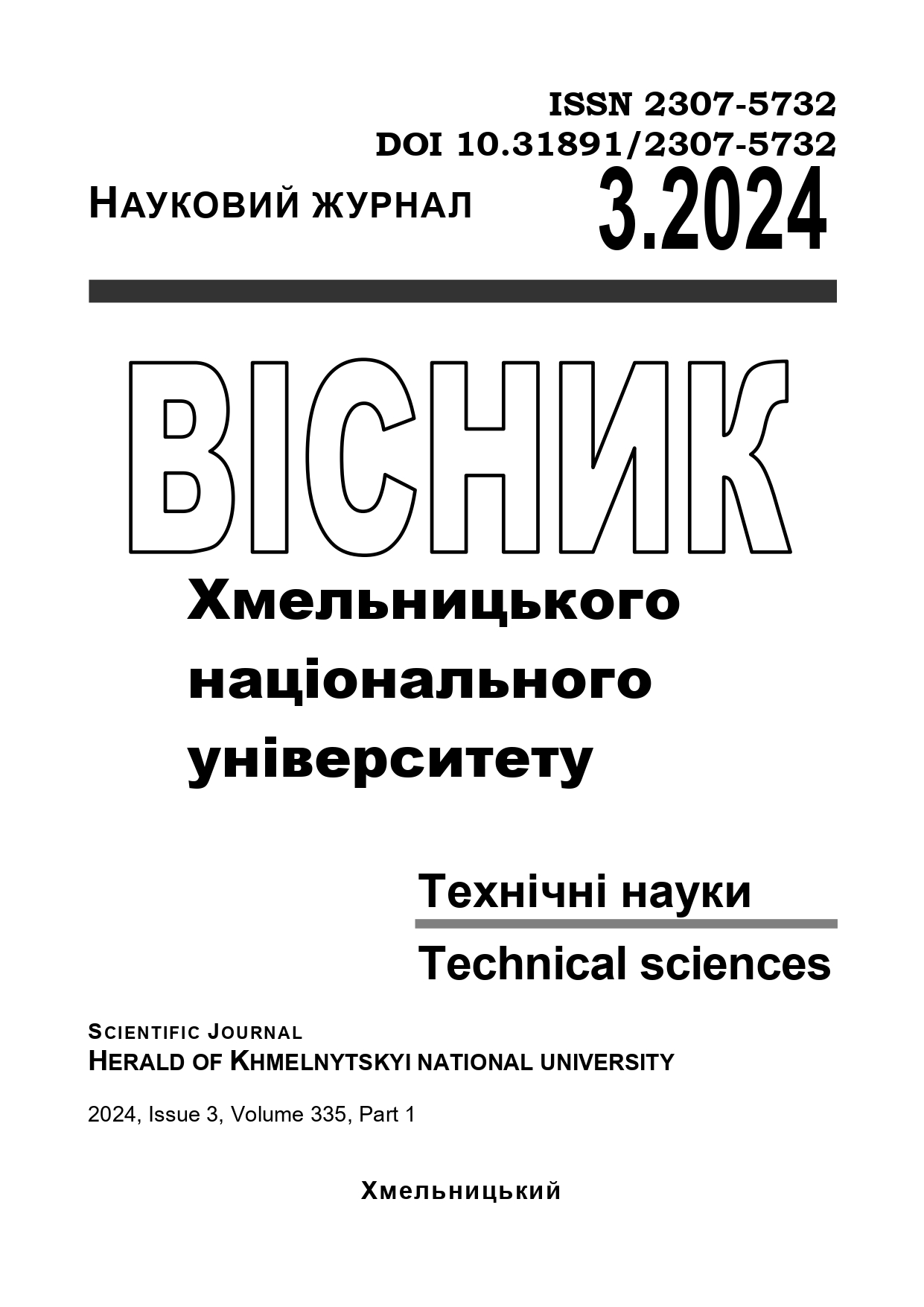STUDY OF HEAT AND MASS TRANSFER IN WOOD-COMPOSITE MATERIALS BY MEANS OF COMPUTATIONAL FLUID DYNAMICS
DOI:
https://doi.org/10.31891/2307-5732-2024-335-3-20Keywords:
SolidWorks Flow Simulation, computer modeling,, CFD software, 3D model, temperature, moisture content of the soilAbstract
Wood-composite materials (WCM), undergoes complex heat and mass transfer processes during its conditioning. Understanding these interactions is crucial for optimizing the conditioning process and ensuring high quality of the final product. This study focuses on the problem of modeling the interactions that occur during WCM conditioning, taking into account their characteristics that depend on temperature, moisture content, and density of the material. In addition, various input parameters are taken into account in the modeling process to set the optimal conditioning conditions. Despite the availability of these parameters in the literature based on the results of real experiments, consolidating this data in computer modeling is still a major problem. To resolve this issue, this study focuses on modeling the heat and mass transfer processes during WCM cooling using computational fluid dynamics (CFD) software such as SolidWorks Flow Simulation. By using the capabilities of CFD, it is relatively possible to utilize technical parameters involved in the WCM conditioning process with relative simplicity. The paper provides a detailed description of the created 3D model of the WCM-conditioning chamber and its main components. In addition, the paper describes the various input parameters used in the modeling process, including temperature, moisture content, and density of WCM. In addition, the operation of the fans was set up and the initial values of temperature, moisture content, and air velocity were set. Based on the simulation, the results obtained include the distribution of the temperature field and moisture content on the surface of the WCM at different material densities and air conditioning parameters. Additionally, the trajectory of air masses and their velocity within the 3D model was obtained. In general, the obtained results provide a better understanding of the influence of various input parameters on the process of heat and mass transfer in WCM during their cooling. Given the comprehensive analysis, this research this work can be useful for improvement of WCM production processes and quality control of final products. In particular, it emphasizes the importance of further research in this area and the need for computer modeling of such processes to further develop effective engineering solutions.

